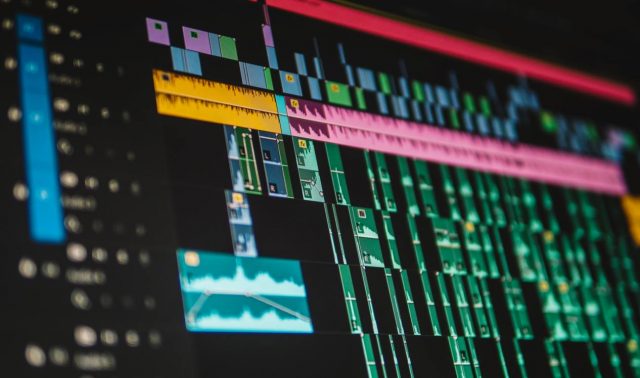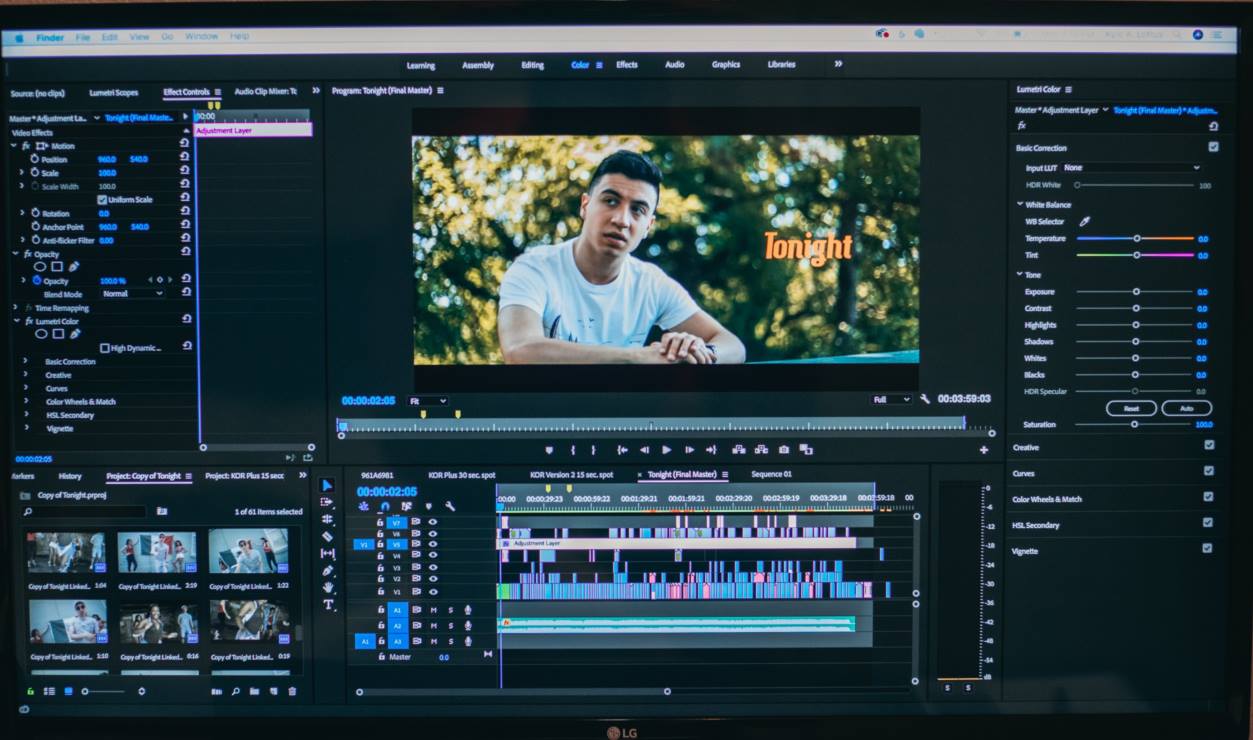Welcome to the dynamic world of video content creation, where the art of video editing plays a pivotal role in shaping viewer experiences. In this exploration, we’ll delve into the evolving landscape of video editing techniques with the best free online video editor. Learn the essential tactics to craft visually striking content that engages and connects with your audience.
The Impact of Video Editing on Viewer Engagement
Video editing is more than just assembling clips; it’s a storytelling tool that can elevate your content to new heights. As viewer preferences evolve, so do the expectations for high-quality visuals. Effective video editing enhances the overall narrative, creates emotional resonance, and keeps viewers engaged from start to finish.
The impact of video editing extends beyond the technicalities; it’s about creating an immersive experience that captures the audience’s attention and holds it throughout the video. It’s about weaving a narrative that not only communicates a message but does so in a visually compelling and emotionally evocative way.
1. Seamless Transitions and Flow
One of the fundamental aspects of modern video editing is the use of seamless transitions. Gone are the days of abrupt cuts; today’s audience expects a smooth flow between scenes. Techniques like crossfades, match cuts, and creative transitions not only maintain continuity but also add a professional polish to your videos. Experimenting with different transition styles can bring a dynamic and visually appealing rhythm to your content.
Seamless transitions aren’t just about technical proficiency; they contribute to the overall viewing experience. They guide the audience through the narrative without distraction, creating a fluid and engaging journey from one frame to the next. The art lies not just in the transition itself but in its harmonious integration with the content.
2. Color Grading for Mood Enhancement
Color grading is a powerful tool for setting the mood and tone of your videos. Whether you’re aiming for a vibrant and energetic atmosphere or a moody and cinematic feel, understanding color theory and experimenting with grading techniques can significantly impact viewer perception. The use of color grading not only enhances the visual aesthetics but also contributes to the overall storytelling by guiding emotions and emphasizing key elements in your content.
Color grading is more than just adjusting hues and saturations; it’s about creating a visual language for your video. It involves the careful selection of color palettes to evoke specific emotions and enhance the narrative. From warm tones for a nostalgic feel to cool tones for a futuristic vibe, the possibilities are vast, allowing editors to paint with a broad spectrum of emotions.
3. Advanced Animation and Motion Graphics
As technology advances, so do the possibilities for incorporating advanced animation and motion graphics into your videos. From dynamic text animations to intricate visual effects, these elements add a layer of sophistication to your content. Thoughtfully integrated motion graphics not only grab attention but also convey information in a visually engaging way. Whether you’re creating tutorials, vlogs, or promotional content, leveraging animation can make your videos stand out in a crowded digital landscape.
Advanced animation techniques aren’t limited to flashy effects; they’re about using motion graphics as a storytelling device. Animations can illustrate concepts, emphasize key points, and create a visually rich environment for your audience. From kinetic typography to animated infographics, incorporating these elements adds depth and dynamism to your video editing repertoire.
4. Audio Enhancement and Spatial Design
Video editing isn’t just about visuals; it’s a multisensory experience. Paying attention to audio quality and spatial design is crucial for creating an immersive viewer experience. Utilize techniques like sound design, background music, and spatial audio to complement your visuals. A well-balanced audio-visual synergy can evoke emotions, maintain engagement, and leave a lasting impact on your audience.
Audio is the unsung hero of video editing, contributing to the emotional resonance of your content. The careful selection of music, the use of ambient sounds, and the precise timing of audio cues enhance the overall viewing experience. Moreover, spatial audio design adds an extra layer of immersion, creating a 360-degree sonic landscape that complements the visual narrative. So don’t forget to improve your sound quality!
5. Dynamic Storytelling through Editing
Video editing is the storyteller’s brushstroke, allowing you to craft a compelling narrative. Experiment with pacing, use of suspense, and strategic placement of key moments to guide your viewers through a dynamic storytelling journey. Whether you’re creating short-form content for social media or longer narratives for platforms like YouTube, the art of storytelling through editing remains a critical skill.
Dynamic storytelling involves more than just stringing together scenes; it’s about creating a rhythm that resonates with the viewer’s emotions. It’s the careful manipulation of time, the strategic use of pauses, and the artful arrangement of visuals that form a cohesive and engaging narrative. The power lies not just in what you show but in how you show it.
6. Accessibility and Inclusivity
With an increased focus on accessibility and inclusivity, video editing techniques play a role in making content more viewer-friendly. Incorporate subtitles, closed captions, and audio descriptions to ensure that your content is accessible to a diverse audience. Additionally, consider the use of text overlays and visual cues to convey information, making your videos inclusive and engaging for a broader viewership.
7. Personalization and Interactive Elements
Interactive elements are becoming increasingly popular in video content. Incorporate personalized touches, such as interactive annotations, clickable links, or end-screen elements that encourage viewer engagement. By creating an interactive viewing experience, you not only keep your audience involved, but also provide avenues for them to explore more of your content.
Conclusion: Elevate Your Content with Evolved Editing
In conclusion, video editing is a dynamic and ever-evolving craft that empowers creators to deliver captivating visuals for their audience. Whether you’re a seasoned editor or just starting, exploring new techniques, staying curious about emerging trends, and adapting to the changing landscape will set your content apart. Elevate your storytelling, create immersive experiences, and let the evolving art of video editing be the catalyst for unlocking new heights in your content creation journey.

Speaks from heart, always too passionate and driven by emotions. Spins the words with kindness & sharpness, intriguing your ever-inscrutable minds.






